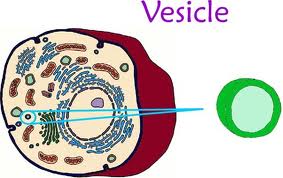Transport proteins: let specific solutes diffuse through a membrane-spanning channel in their interior or actively pump them through.
Receptor proteins: bind extracellular substances, such as hormones, that can trigger change in cell activities.
Adhesion proteins: help cells of the same type locate each other and remain in the proper tissues.
Communication proteins: form channel that match up across the plasma membrane of two cells.
Concentration gradient: is a difference in the number per unit volume of molecules (or ions) of a substance between two adjoining regions.
Diffusion: is the name for the net movement of like molecules or ions down a concentration gradient.
Pressure gradient: is a difference in pressure exerted per unit volume (or area) between two adjoining regions.
Osmosis: is the diffusion of water across a selectively permeable membrane, to a region where the water concentration is lower.
Hypotonic solution: is the one with fewer solutes.
Hypertonic solution: the one that have more solutes.
Isotonic solution: shows no net osmotic movement.
Hydrostatic pressure: turgor pressure.
Osmotic pressure: is one messure of tendency of water to follow its water concentration gradient and move into that fluid.
Endocytosis: a small patch of plasma membrane balloons inward and pinches off inside the cytoplasm.
Exocytosis: a vesicle moves to the cell surface, and then the protein-studded lipid bilayer of its membrane fuses with the plasma membrane.

































